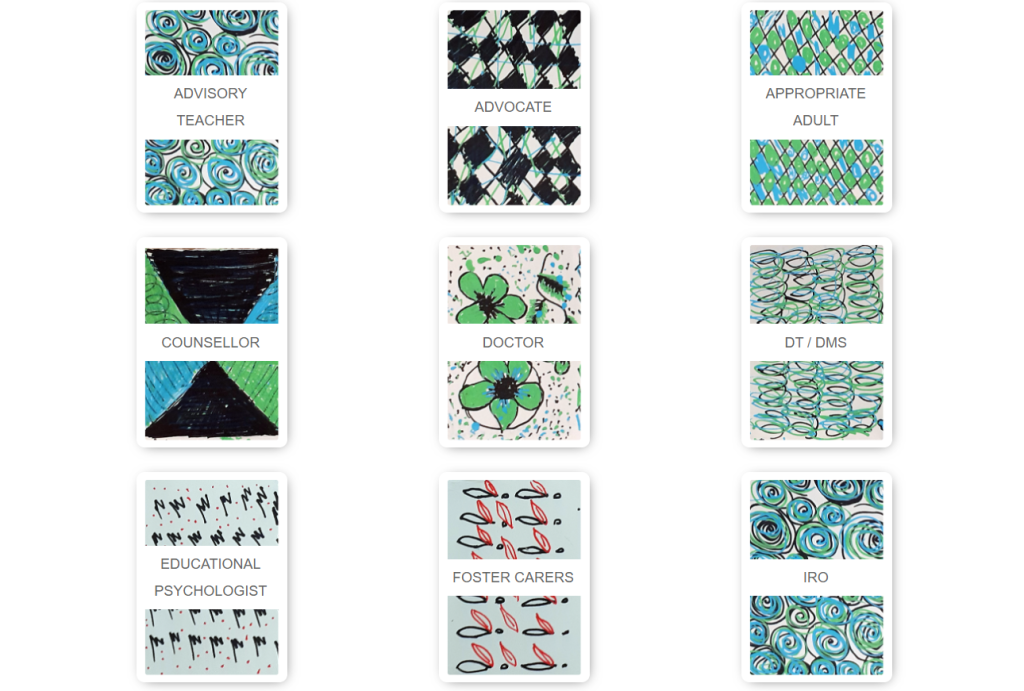
On 8 September 2023, Right to Remain held the Young Asylum Guide online launch event. The Young Asylum Guide is one of Right to Remain’s online resources, and is designed specifically for young unaccompanied children going through the asylum system.
This event was designed to showcase and celebrate the Young Asylum Guide, which we have recently finished updating in line with the changes brought in by the Nationality and Borders Act. As part of the update process, we consulted individuals who work with young people on specific provisions in the Act, to see how it was affecting the young people they were working with. We are very grateful to all those who shared their expertise and gave us feedback, which helped to make the guide even better.
We were delighted to welcome individuals working with a range of organisations supporting young people seeking asylum across the UK to this launch event – and to hear from experts in the field.
What happened at our launch event?
First, we heard from Lisa Matthews at Young Roots about the creation of the Young Asylum Guide in partnership with Croydon Council in March 2021. Lisa explained how the guide shares the same principle as the Asylum Navigation Board, in that it helps individuals to visualise the key stages of the asylum process. The guide is realistic about the problems and delays in the process, with its innovative ‘Problem’ and ‘Action’ cards, which outline common issues at each stage of the process. This was designed to show young people that what can feel like an indvidualised problem with their claim is actually a systemic problem. The aim is to show young people that it is not their fault if their case is progressing slowly, and that although it can feel very hard, they are not alone.
The guide is brought to life by the illustrations which accompany each page. The illustrations were created by children in the asylum process, in a session facilitated by the artist Tim Sanders. Doodles drawn by the young people were also used as the basis of the ‘People who can help’ page – pictured at the top of this blog.
Our next speaker was Kama Petruczenko, who is an advocate for the Young Asylum guide in her work at the Refugee Council. Kama spoke about how the Young Asylum Guide helps to build trust with children in the process, and helps caseworkers in sharing information about the system with confidence. The Young Asylum Guide is succinct and easy to navigate, and is trauma informed, unlike Home Office legislation and guidance. From the perspective of her policy role, Kama also reflected that the guide can be shared with a range of different people: from people who do not know about the asylum process, to those who are working to influence policy.
We also heard from GARAS (Gloucester Action for Refugees and Asylum Seekers), an organisation which supported unaccompanied asylum seeking children in Gloucester. They shared the context in which GARAS is currently operating: including increasing numbers of young people, a decrease in available legal representation, and increasingly hostile rhetoric from the government which causes an increase in fear, anxiety and trauma for young people. This context is also marked by a huge knowledge gap – many people working with young people do not have a good grasp of the fast-changing asylum system.
The Young Asylum Guide can go some way to remedy this knowledge gap: GARAS have been trying to use the Young Asylum Guide with support workers, social workers, carers, teachers as a teaching device. The guide is a practical, young person-friendly resource which is trying to protect young people by providing them with accurate information about their rights within the system. GARAS also remarked at how encouraging it was to come together with other organisations working with young people across the UK, and to share common struggles and best practice in a supportive environment. This event was an example of radical solidarity in action.
After a very short break, we came back together to talk about the likely impacts of the ‘Illegal’ Migration Act (IMA) on unaccompanied asylum seeking children. We gave a short run through of what provisions have already been in force, and what has not yet been enforced. We were then lucky to be joined by Vicky Shenton from Social Workers without Borders, a community made up of social workers and social work students who share the belief that No One is Illegal. Vicky gave a run through of Social Workers without Borders’ recent briefing on the IMA, and highlighted the ways in which it will encourage the ‘criminalisation, segregation and adultification’ of asylum seeking children. She encouraged social workers to bring up these conversations in their workplaces, and gave a list of actions which social workers and local authorities can take to challenge Home Office policy.
Social Workers without Borders reminded us that resistance is not a choice, it is a necessity, and to enable us to do so, we must hold on to radical hope.
After this inspiring talk, we then asked groups to consider three questions in smaller groups:
- What are you most worried about as a result of the ‘Illegal’ Migration Act?
- How do we communicate these changes to children?
- What can we do as a community to prepare?
Groups shared their fear about the lack of available information on the IMA, and the devastating possible consequences of the Act, including on age assessments, children ‘ageing out of the process’ before receiving an asylum decision, increased risk of detention and removal. There was also the observation that there is a lot of denial about whether the provisions will ever be enacted in its entirety – from lawyers and teams working with young people. Lots of questions were raised which have not yet been clearly answered.
We also heard from Lauren Starkey from the Shpresa Programme, an organisation that works with young people from Albania. Albania has already been added to the list of ‘safe’ countries, meaning that no young person from Albania can claim asylum. Lauren spoke about the worry of scaring young people when we communicate these changes – to say that children in the system are already worried: and we must be confident enough to give them factual information every step of the way.
This discussion was hugely productive, and people urged others not to signpost young people to the Home Office’s national age assessment board: instead to direct young people who are age disputed to Social Workers without Borders, an independent social worker, or the Refugee Council’s Age Dispute Project.
Looking forward
Thank you to all those who attended and contributed to this launch event. It was a motivational session which left us feeling more informed and energised: no small feat in this increasingly bleak legal and political landscape.
While this event was a milestone in celebrating the newly-updated Young Asylum Guide, editing our resources is never finished. We are looking at including new information on the streamlined asylum process for children, called the ‘Preliminary Information Meeting (PIM)’, in response to feedback from participants.
We are also preparing to update the Young Asylum Guide again when the changes from the IMA are being felt in practice. Please do get in touch if you have any experience of changes which you can share with us. The Young Asylum Guide is a collaborative community resource, and we are so grateful for your support.
Finally, please get in touch if you’d like to connect with us about running a workshop with young people, using the Young Asylum Guide!

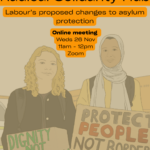

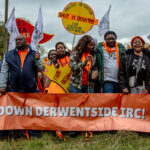
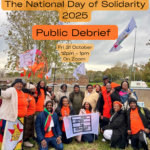
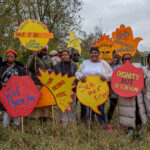



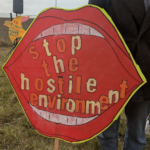

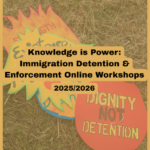
Discussion: